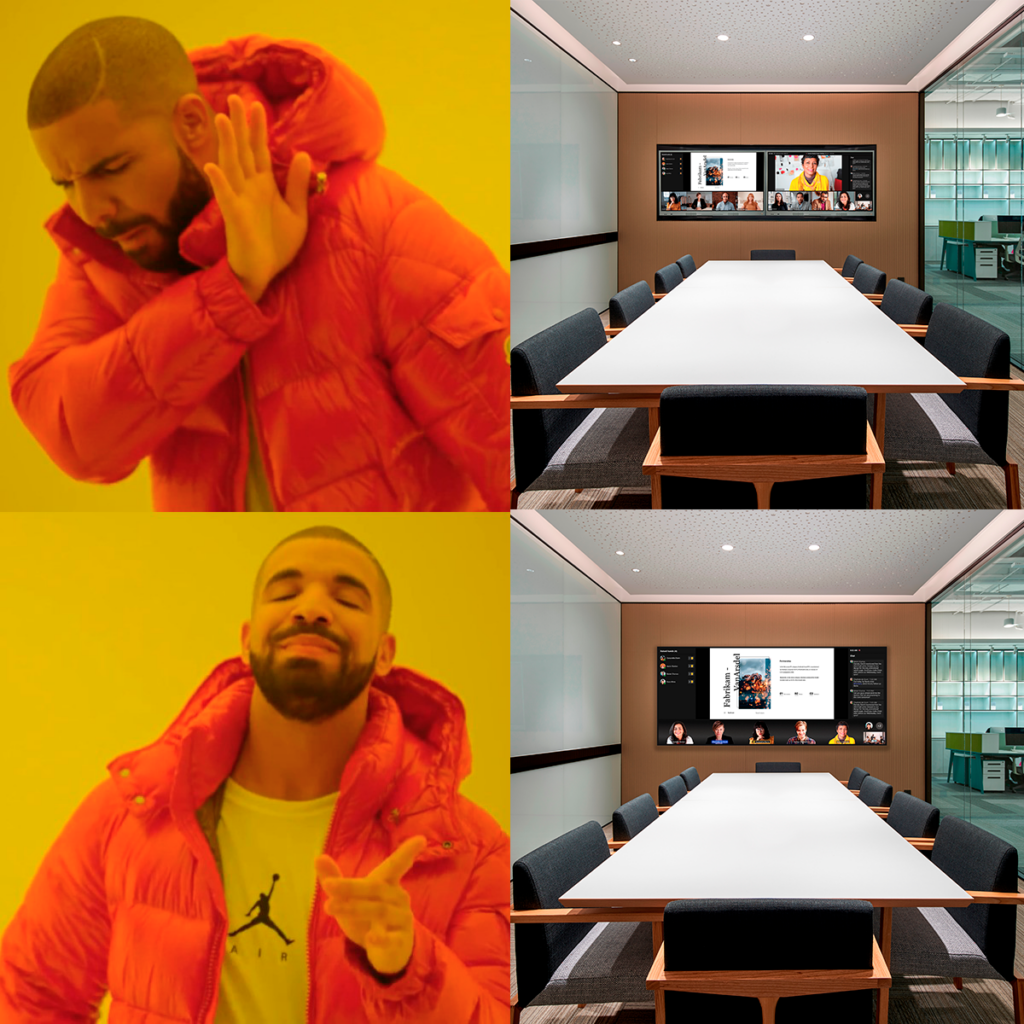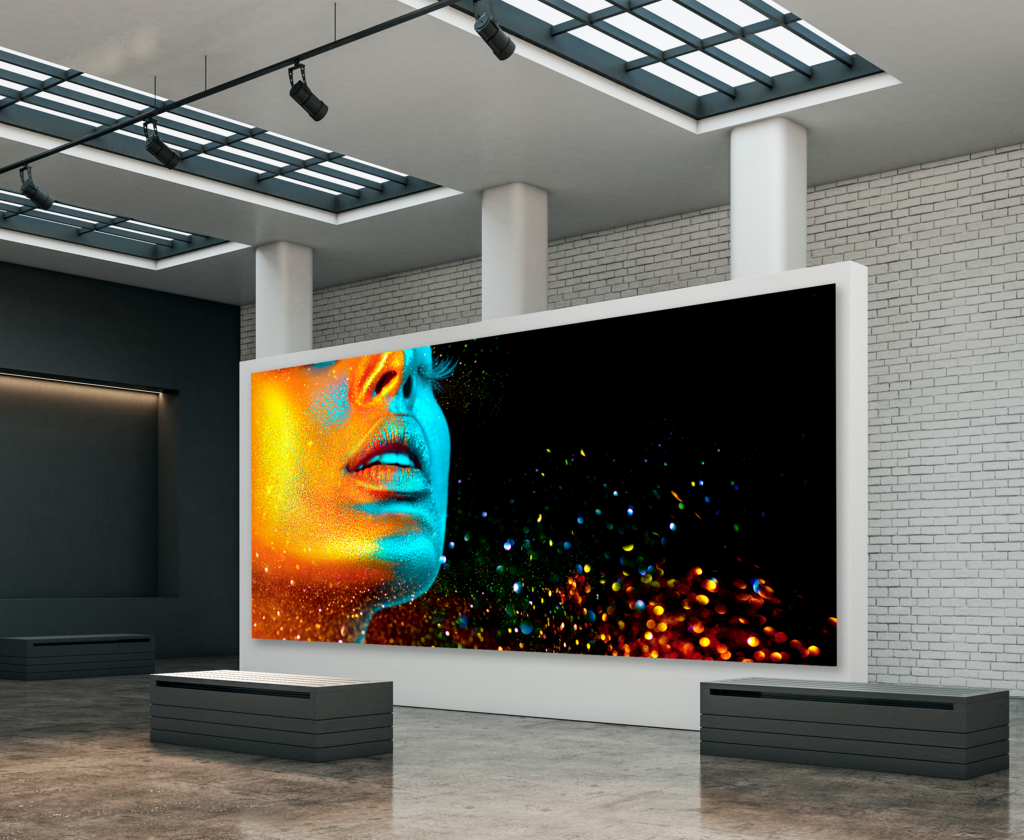Jupiter Systems was one of the first companies in the world that introduced a video over IP distribution system called PixelNet. This system has several undeniable advantages over classical signal distribution systems and the use of matrix switches.
The ability to use additional functionality for controlling signal sources like KVM is a considerable advantage. In addition, globally, the transition from a centralized system to a decentralized one significantly increases the flexibility in operating, further upgrading the system and return on investment.
There is an opinion that AV over IP systems are more expensive than traditional ones. Their use is more likely to be justified for large projects with significant budgets, in which it combines many devices into a single, conveniently managed infrastructure. But it’s not that simple; there are several factors at play when it comes to applying such solutions.
Quite often, there are large walls in projects that traditional controllers cannot be used for. We have an extensive portfolio of conventional controllers with Windows OS, which gives tremendous flexibility and a large amount of additional functionality when rendering content. Still, there are limitations from the Windows OS itself – a restriction on the video wall size it can address.
There are no restrictions on the size and geometry of a PixelNet video wall. Most importantly, unlike solutions based on SDVoE technology, PixelNet has no limits on layouts within the same screen or trade-offs associated with the resolution of the sources displayed.
The issue of synchronization for the displayed image is also critical. Imagine you have 56 IP-connected receivers for one video wall. In this case, synchronization is a significant factor. The image on the video wall is rendered uniformly, and operators are comfortable sitting at the wall for many hours. PixelNet resolves this issue by using external synchronization.
Additionally, another benefit of PixelNet is the unification of several video walls and heterogeneous information sources into a single visualization ecosystem while allowing control from anywhere.
The features of such systems include deployment and implementation. Most integrators who use vendor solutions based on SVDoE technology have difficulties because they have a constructor and a switch to choose from. In our case, the system is thoroughly tested and configured at the factory and makes it easy for the integrator to connect all the cables and go through the intuitive, quick wizard menu.
PixelNet is designed to transmit high-definition video signals and works with ten and even 100-gigabit networks, which allows you to build massive systems.
These are just a few reasons why our PixelNet systems are multi-faceted and applied in multiple situations. If you have any questions about what you’ve read, please reach out to sales@jupiter.com.



